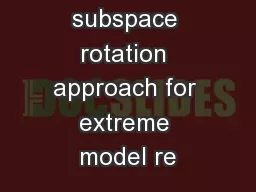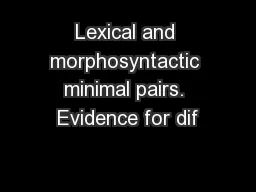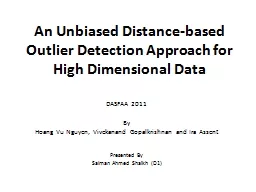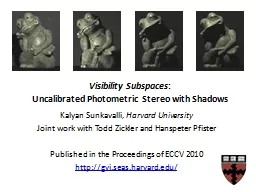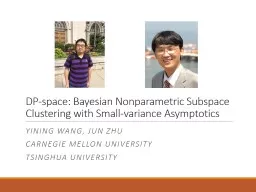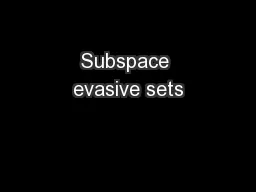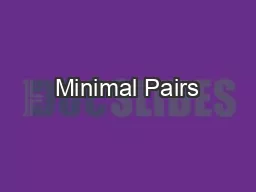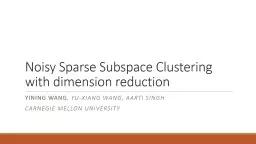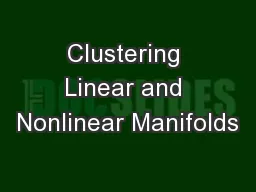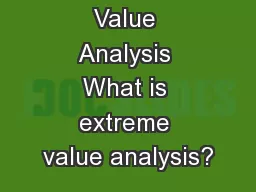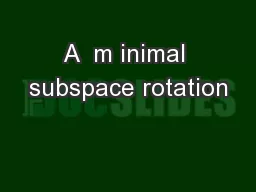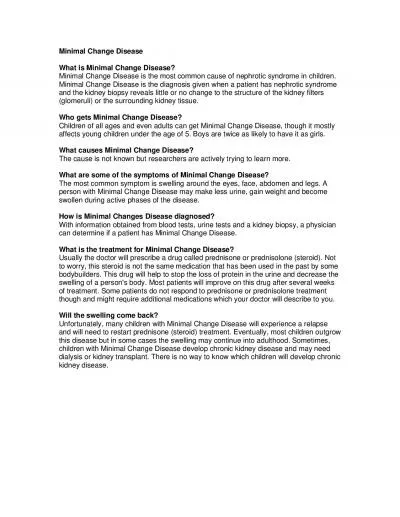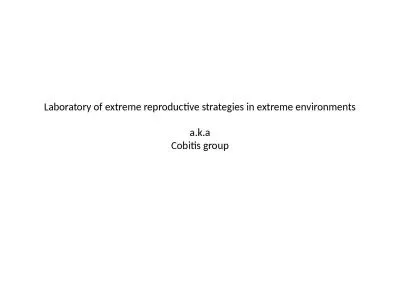PPT-A minimal subspace rotation approach for extreme model re
Author : tatiana-dople | Published Date : 2017-06-08
mechanics Irina Tezaur 1 Maciej Balajewicz 2 1 Extreme Scale Data Science amp Analytics Department Sandia National Laboratories 2 Aerospace Engineering Department
Presentation Embed Code
Download Presentation
Download Presentation The PPT/PDF document "A minimal subspace rotation approach for..." is the property of its rightful owner. Permission is granted to download and print the materials on this website for personal, non-commercial use only, and to display it on your personal computer provided you do not modify the materials and that you retain all copyright notices contained in the materials. By downloading content from our website, you accept the terms of this agreement.
A minimal subspace rotation approach for extreme model re: Transcript
Download Rules Of Document
"A minimal subspace rotation approach for extreme model re"The content belongs to its owner. You may download and print it for personal use, without modification, and keep all copyright notices. By downloading, you agree to these terms.
Related Documents

